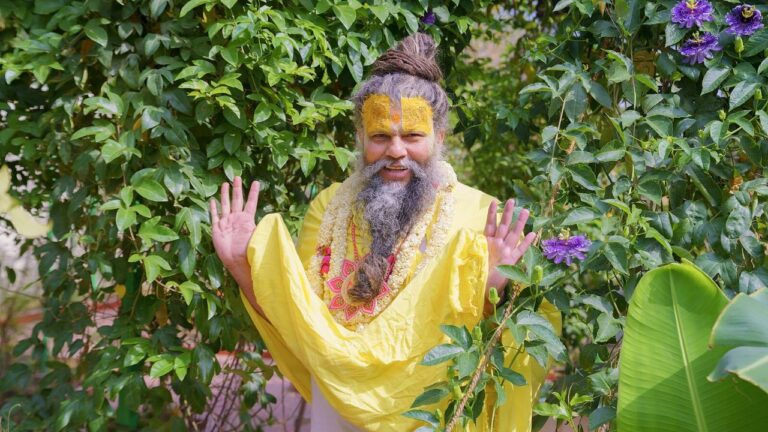
Dhanurveda: Exploring Ancient Indian Military Science (Photo Source: Vedic Tribe)
The Vedic Sanatana Dharma has a long history of turning to ancient writings for direction and wisdom when it faces difficulties in life. The idea of Dhanurveda is noteworthy among the various fields of knowledge. The Indian military science known as Dhanurveda, which has its roots in the wisdom of the seers and sages of ancient India, offers insights on the art of combat, archery, and self-defense. In this article, we examine the meaning, structure, and main ideas of the Dhanurvedic teachings.
Understanding Dhanurveda
Just as there are four Vedas in the ancient scriptures, there are also four Upavedas that serve as supplementary branches of knowledge. Among these Upavedas, Dhanurveda holds a unique position, along with Ayurveda, Shilp Veda, and Gandharva Veda. Dhanurveda, considered an Upaveda of Yajurveda, is dedicated to the science of bow and arrow. This emphasis on archery underscores the advanced understanding of military tactics in ancient India.
Archery in Ancient India
While the original form of Dhanurveda might not be extant today, its references in ancient texts highlight the prowess of archery in Indian culture. Historical accounts suggest that bows, arrows, and even vajra (thunderbolt) were integral to the weaponry used in ancient India. Legends like Bhishma, the son of Ganga, using a six-hand longbow illustrate the high regard for archery in those times.
Lessons from Dhanurveda
The ancient texts, including Dhanurveda, provide comprehensive insights into archery as a multifaceted science. This includes descriptions of various arrow types, their effects, and the proficiency required to wield different types of bows. Some accounts even liken the power of certain arrows to modern-day missiles, reflecting the depth of understanding achieved by ancient Indian scholars.
Diligent Expertise in Archery
Historians and scholars from the West also acknowledge the meticulous development of archery in ancient India. The texts reveal the proficiency of ancient Indians in using arrows while on horseback. Dhanurveda teachings emphasize the technique of pulling the bowstring to the ear, a practice crucial for accurate and effective shooting.
Archery Techniques & Positions
Agni Purana supplements Dhanurveda’s teachings by detailing various archery techniques. These techniques include holding the bow in the left hand and the arrow in the right, maintaining a precise distance between the bowstring and the arrowhead, and drawing the bowstring straight to the ear. A triangular stance and a range of specific positions, such as Aleedh, Vikat, and Swastika, further enhance the archer’s accuracy and stability.
Legacy of Dhanurveda
Dhanurveda’s significance extends beyond the art of war. Its teachings reflect the holistic approach of ancient Indian society, where martial skills were considered essential for self-defense and protection against external threats. The transmission of knowledge from generation to generation shaped not only the military aspects but also contributed to the cultural and moral fabric of society.
Conclusion
Dhanurveda stands as a testament to the comprehensive understanding and advanced knowledge of ancient Indian civilization. This branch of knowledge, focused on archery and military science, provided practical guidance for self-defense and protection during a time when challenges often came in the form of invasions and conflicts. Its legacy highlights the holistic approach of ancient Indian society, where physical skills were intertwined with cultural and moral values. The lessons from Dhanurveda continue to remind us of the enduring importance of preparedness, skill, and wisdom in navigating life’s challenges.






